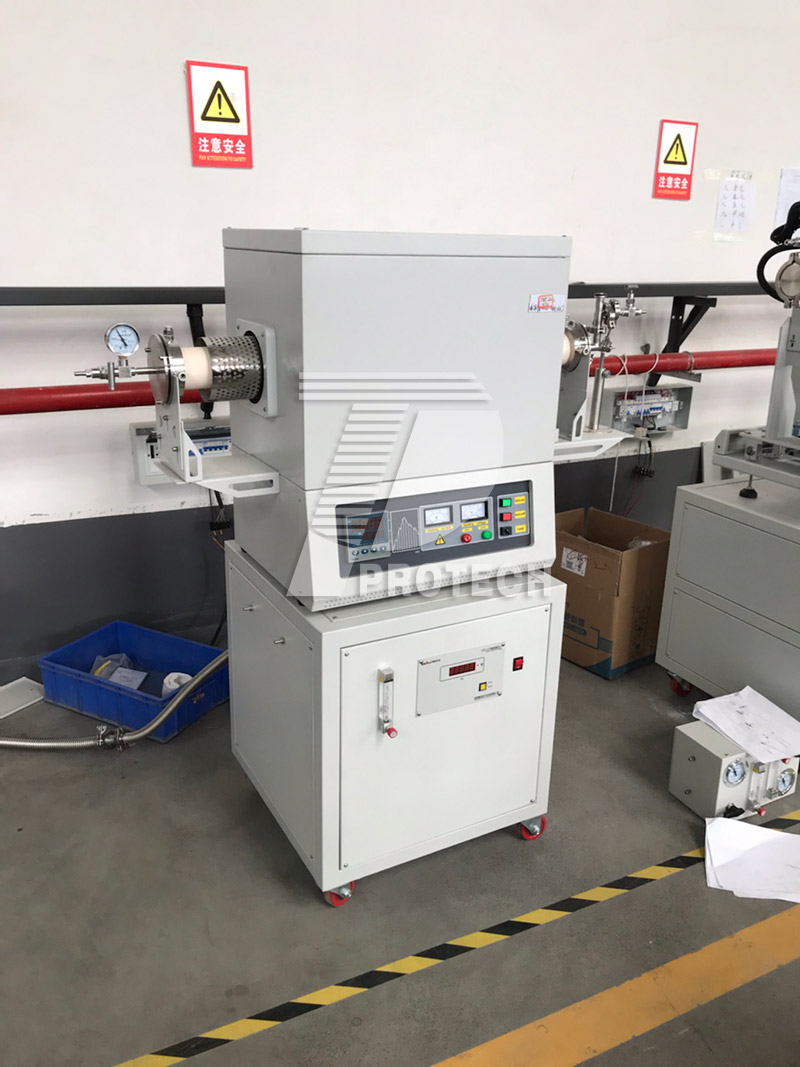


NEWS
The temperature range of conventional experimental tube furnaces is usually wide to meet the needs of different experiments. Generally speaking, the temperature range of a tube furnace can be flexibly selected according to the experimental materials and requirements, but common temperature ranges include:

A commonly used experimental mini tube furnace (click on the image to view product details)
Low temperature range: from room temperature to 500 ℃. Within this temperature range, some heat treatment processes can be carried out, such as annealing, quenching, solution treatment, etc. In addition, some coating and film heat treatment can also be carried out.
Medium temperature range: 500 ℃ to 1000 ℃. This temperature range is suitable for some higher temperature heat treatment processes, such as aging treatment, tempering, curing, etc., which can improve the performance of materials.
High temperature range: 1000 ℃ to 2000 ℃ or higher. Within this temperature range, special material heat treatment processes such as melting, sintering, slag treatment, etc. can be carried out. Some experimental tube furnaces can even reach high temperatures of 1700 ℃ or 1800 ℃.

Experimental high-temperature vacuum tube furnace (click on the picture to view product details)
Overall, the models and temperature ranges of conventional experimental tube furnaces may vary. For example, the design temperatures for small tube furnaces used in some laboratories may include 800 ℃, 1000 ℃, 1200 ℃, 1400 ℃, 1600 ℃, and 1700 ℃. These furnaces are typically equipped with heating elements such as resistance wires, silicon carbon rods, or silicon molybdenum rods, as well as high-precision temperature control systems to ensure the reproducibility and accuracy of experiments.Click to learn more tube furnaces! Or click on online customer service to learn more about product information!
Leave A Message